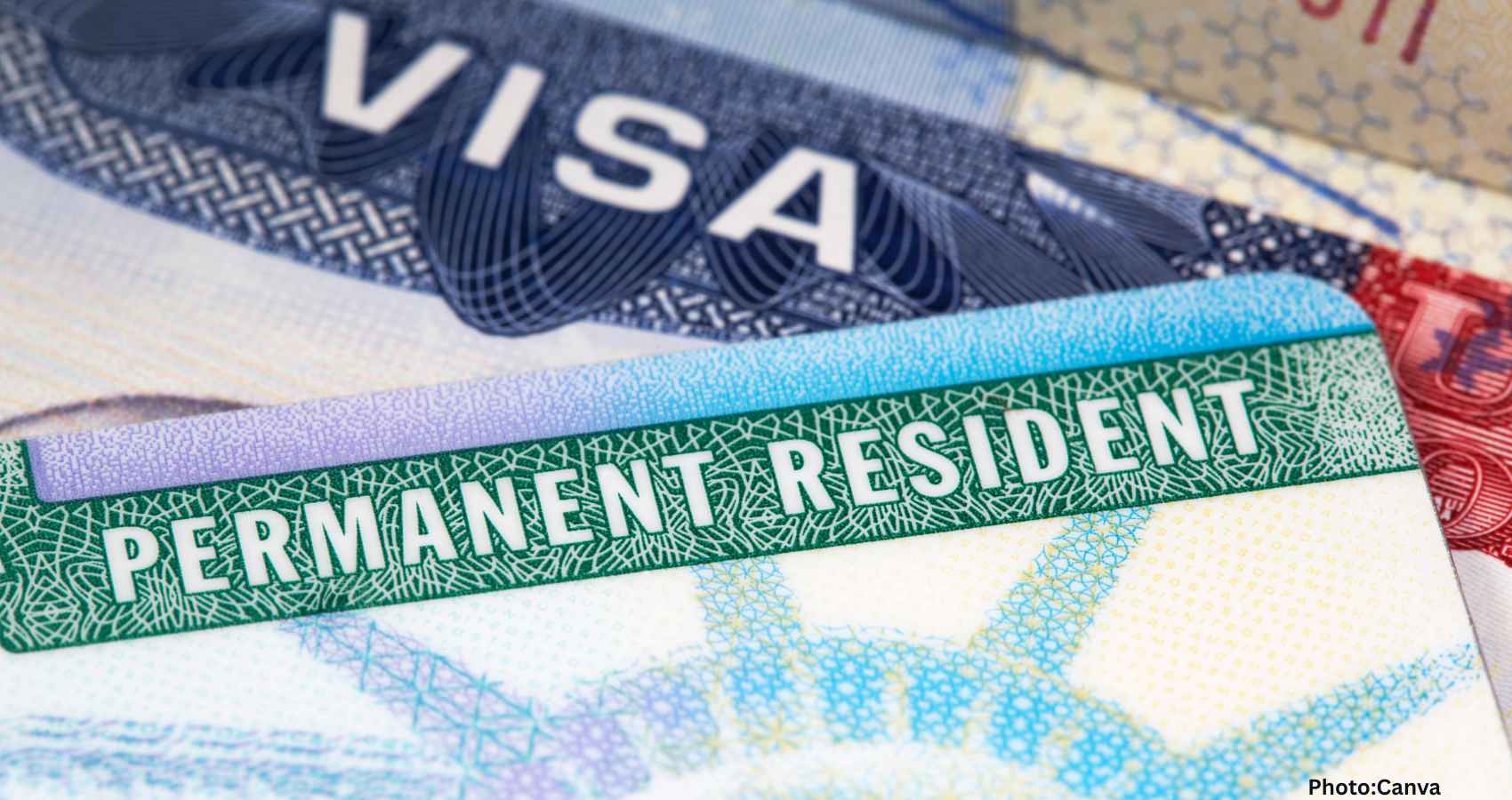Indians are expeditiously transitioning from green card holders to U.S. citizens, completing the process in just under six years on average.
Recent data from the U.S. Citizenship and Immigration Services (USCIS) indicates that Indian nationals are rapidly advancing through the naturalization process, becoming U.S. citizens in an average of 5.9 years, significantly quicker than peers from other countries. This figure sits comfortably below the national average of 7.5 years for obtaining U.S. citizenship after acquiring a green card.
In comparison, Mexican nationals, who represent the largest group in terms of overall naturalizations, face a wait period of nearly 11 years. While they lead in sheer numbers, Indians are swiftly progressing through the citizenship process. The USCIS stipulates that to become a U.S. citizen, an individual must have been a permanent resident for at least five years, or three years in cases where the residency is marriage-based.
The path to citizenship is relatively direct for many non-resident Indians (NRIs). After five years of permanent residency, candidates are eligible to take the English and civics test required for naturalization. The success rate for first-time test-takers is notably high, with nearly 90 percent passing on their initial attempt.
Interestingly, this trend is not limited to any particular demographic within the Indian community in the United States. The median age for NRIs obtaining citizenship is 42, and women constitute about 55 percent of the applicants. While the stereotype of tech workers dominates the narrative, this data suggests a broader cross-section of the Indian diaspora is pursuing citizenship.
The drive towards acquiring U.S. citizenship is spurred by several factors, including visa uncertainties and the complexities surrounding H-1B visas, which have been exacerbated by political climates, particularly under the Trump administration. For many, U.S. citizenship represents more than just legal security; it offers the freedom to change jobs without visa constraints and removes the looming threat of deportation.
Ultimately, for Indians, the American dream transcends the attainment of a green card. With the assurance that only an American passport can provide, citizenship is seen as the ultimate goal, offering unparalleled safety and stability.

